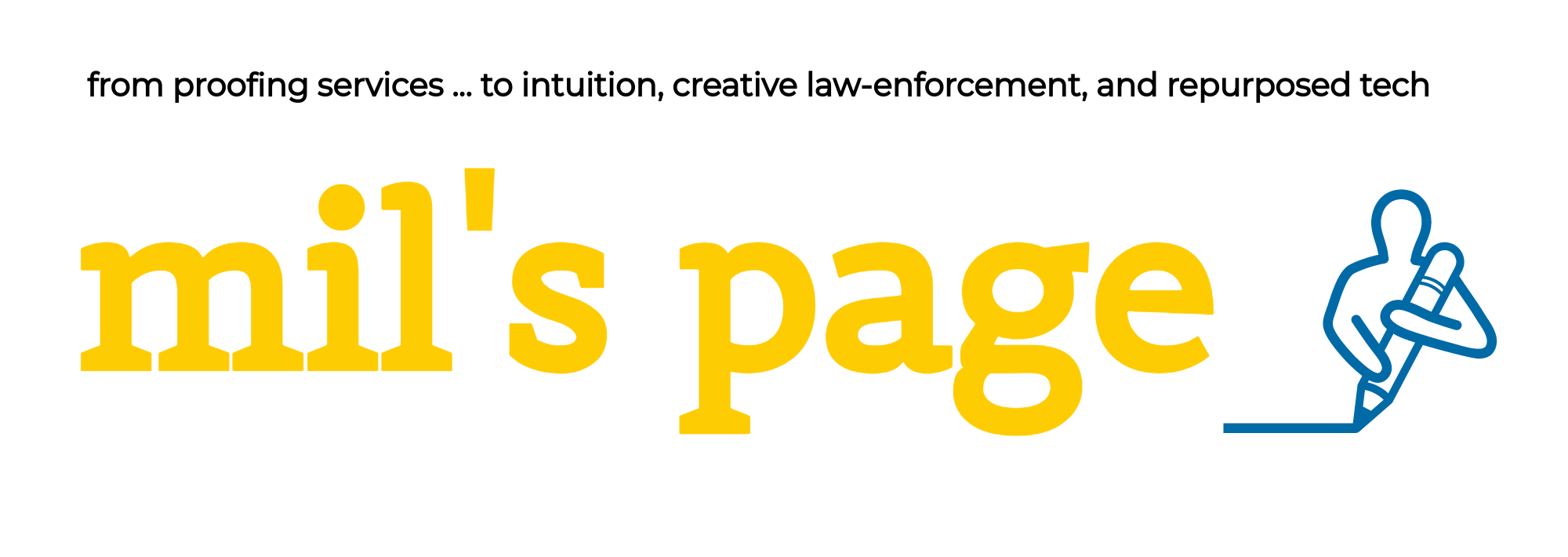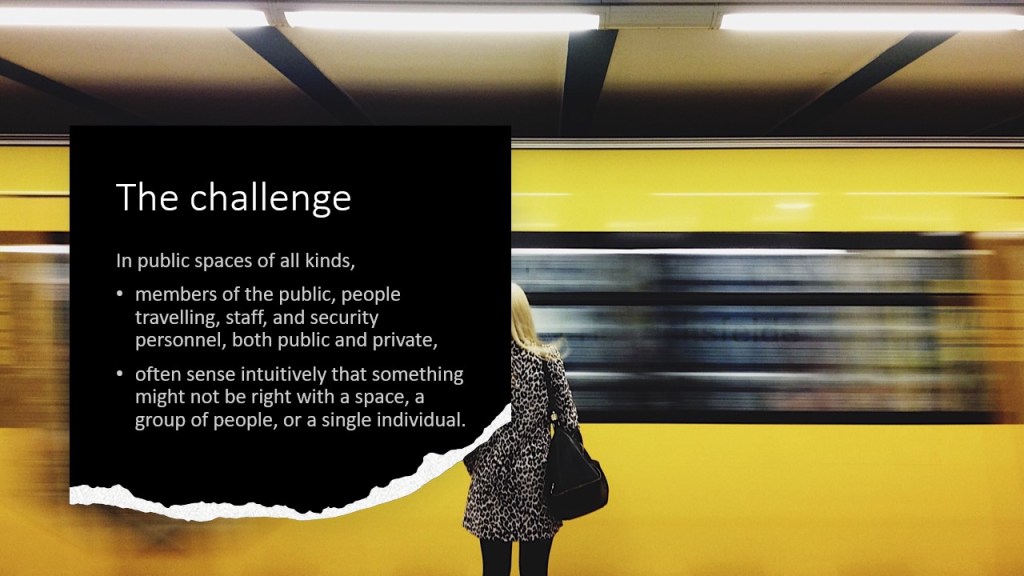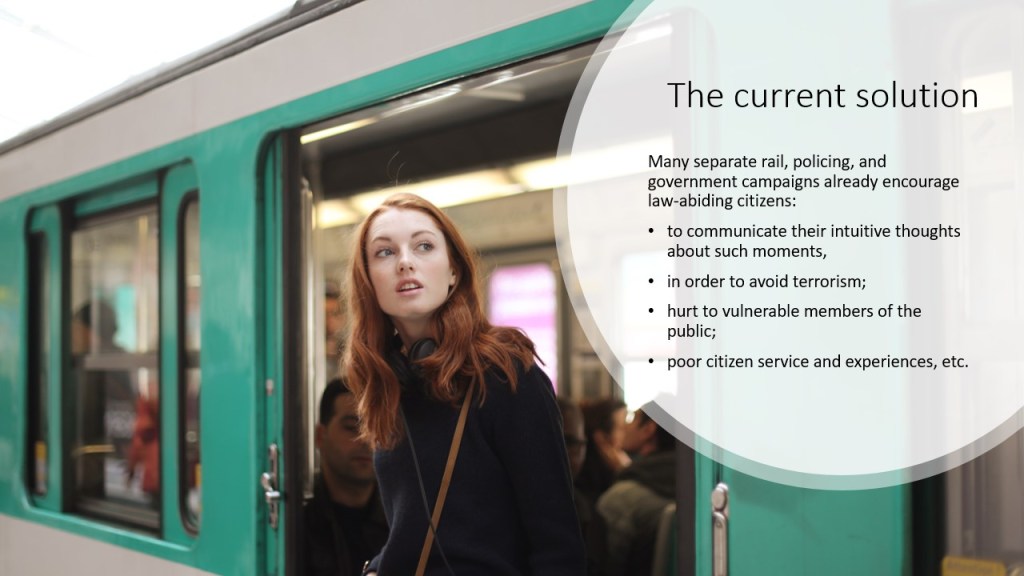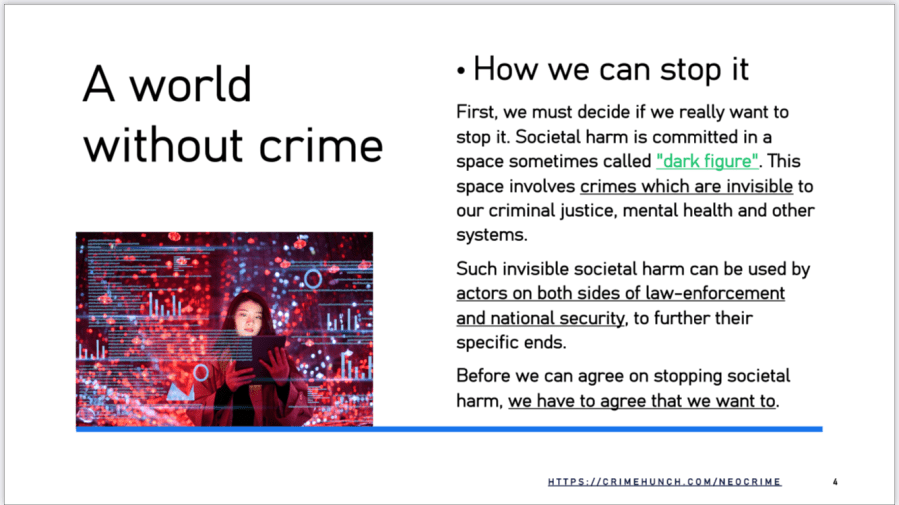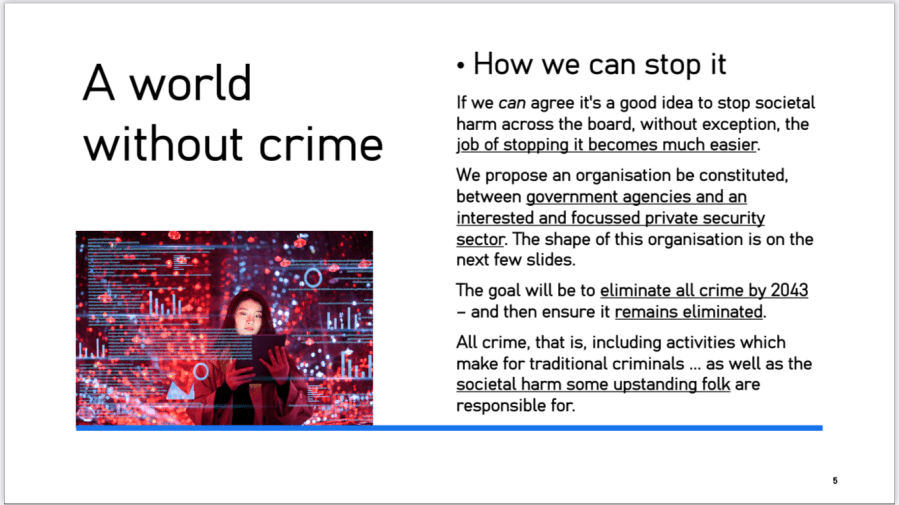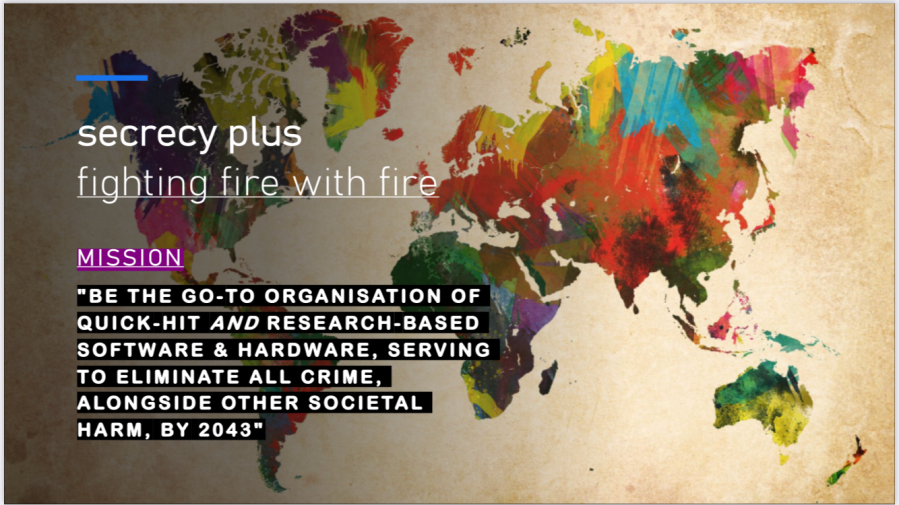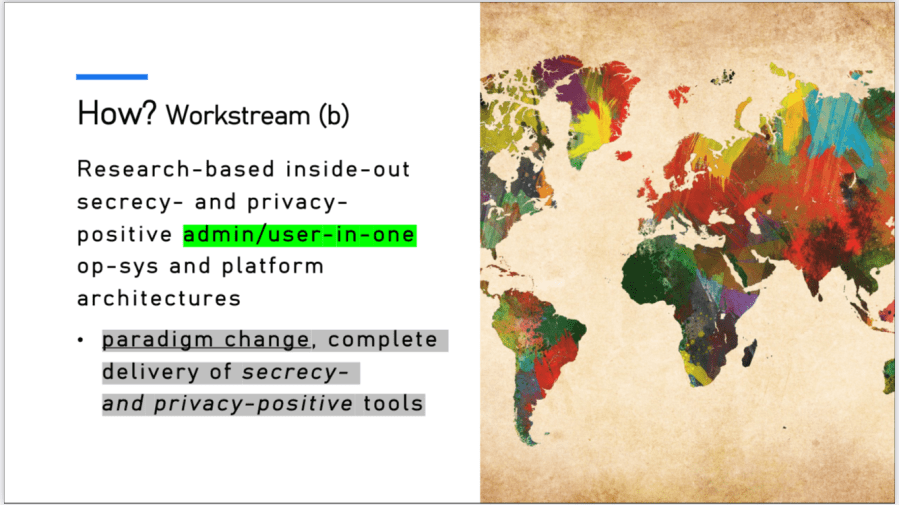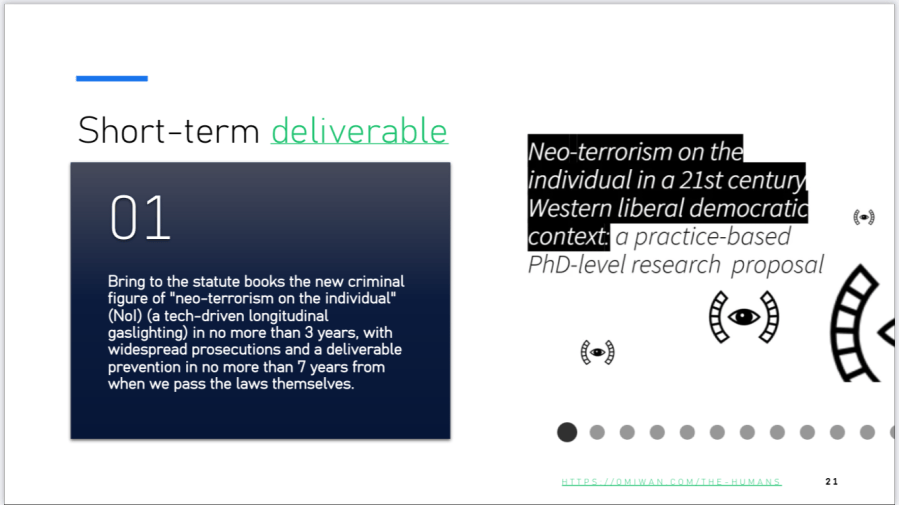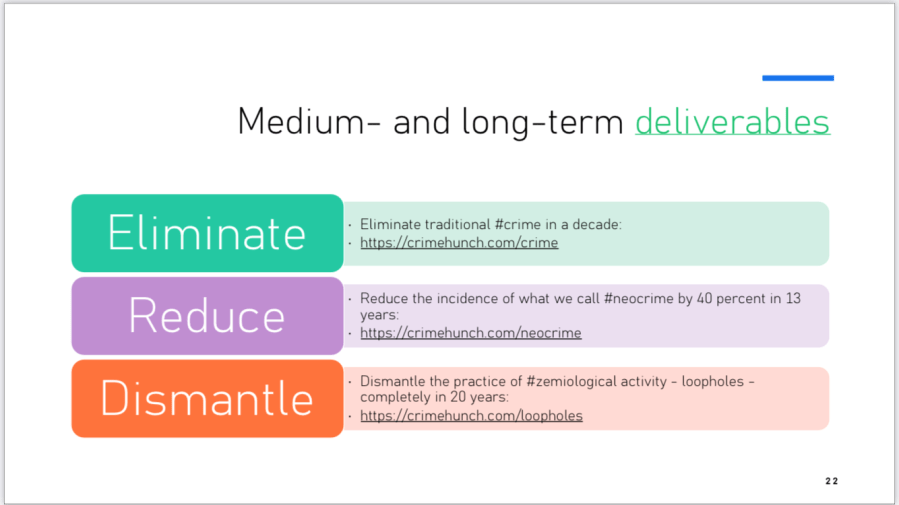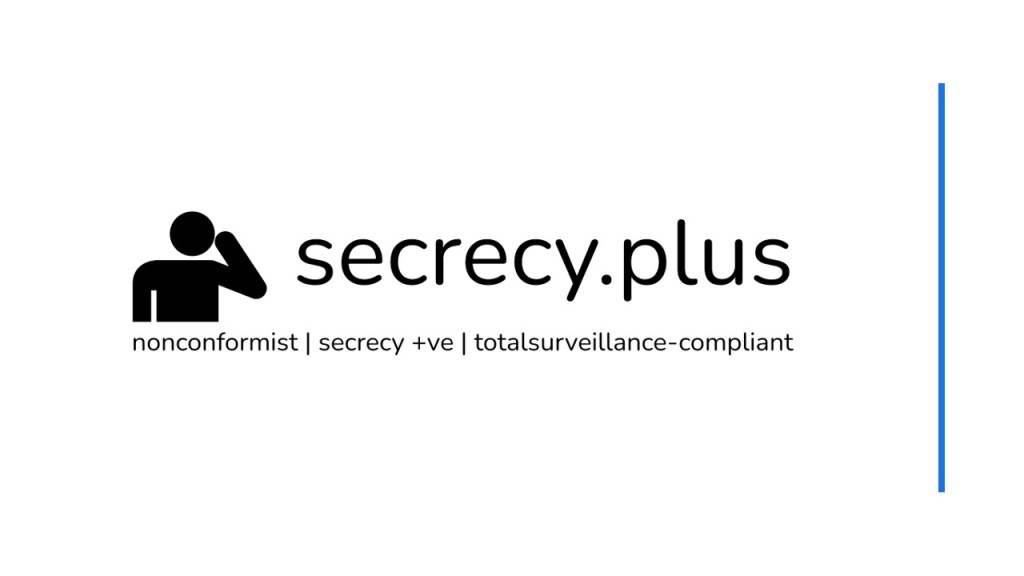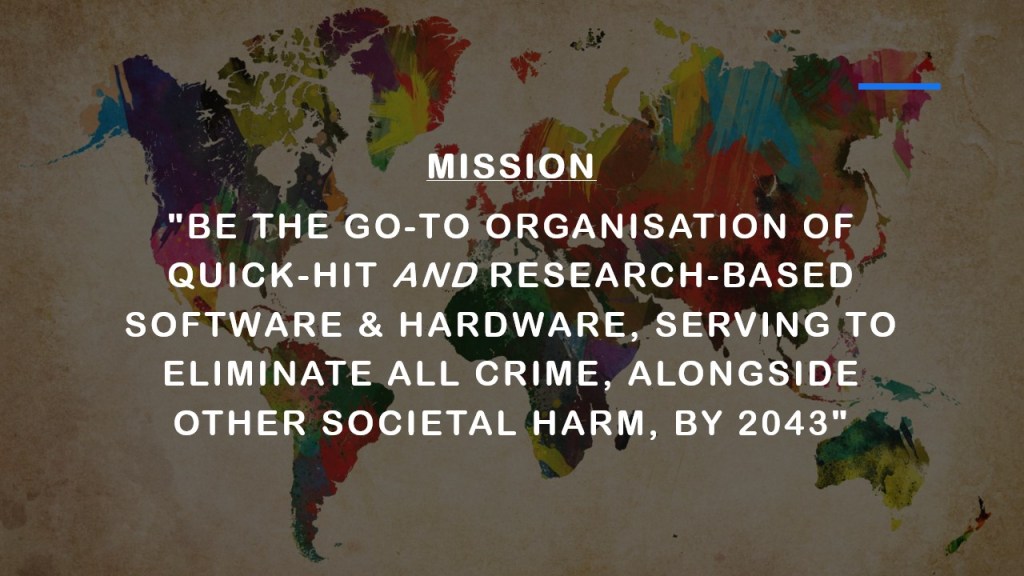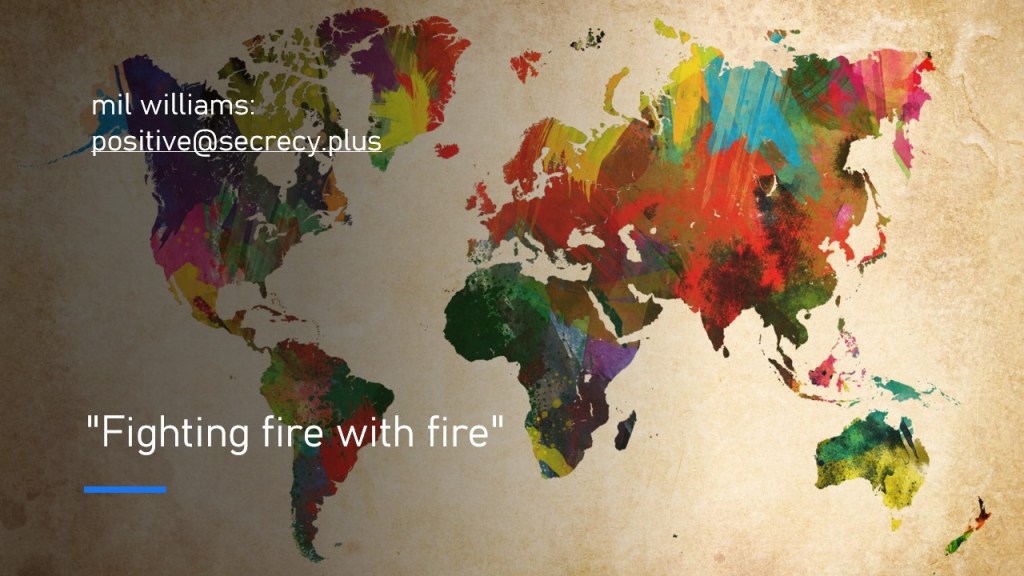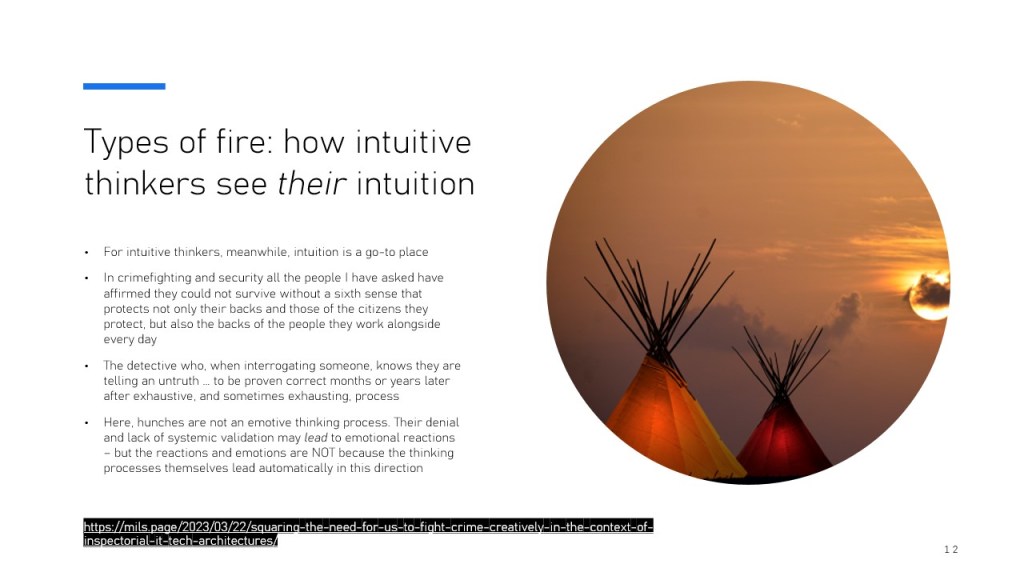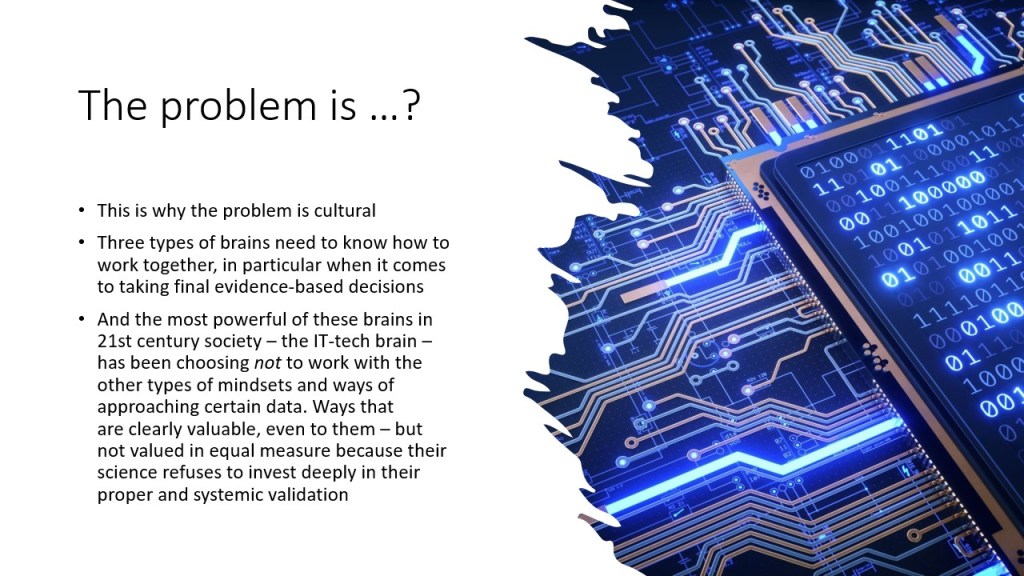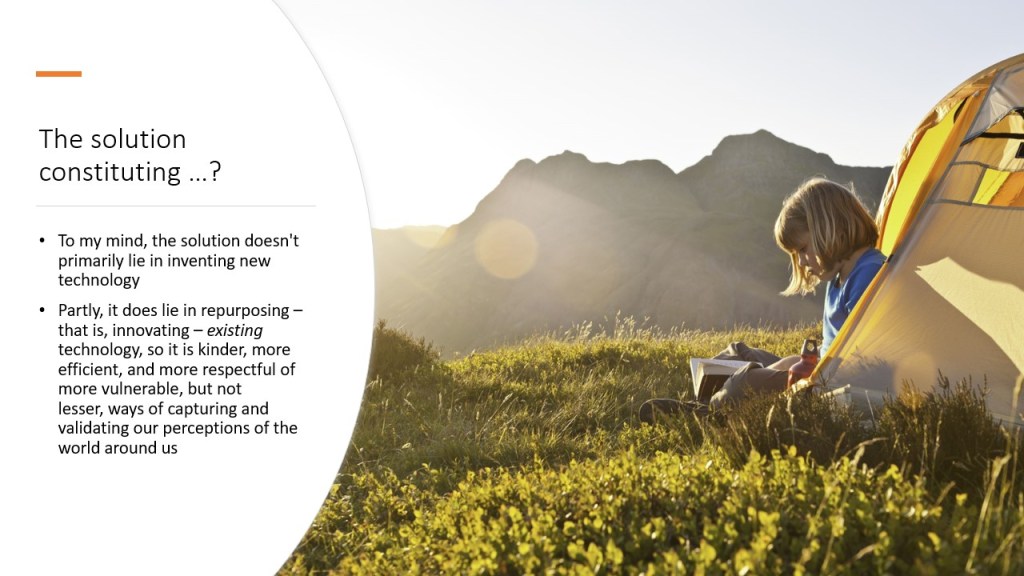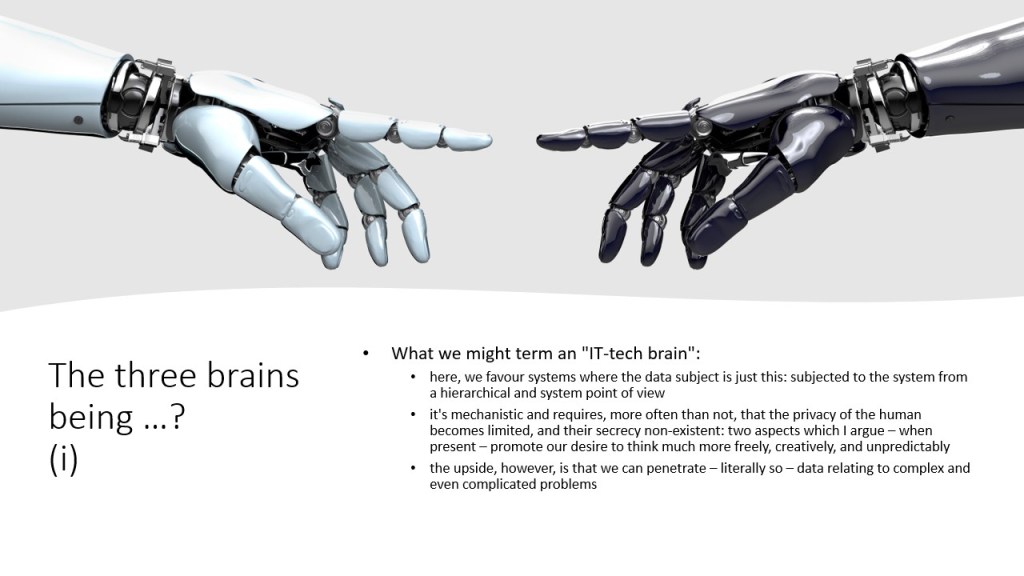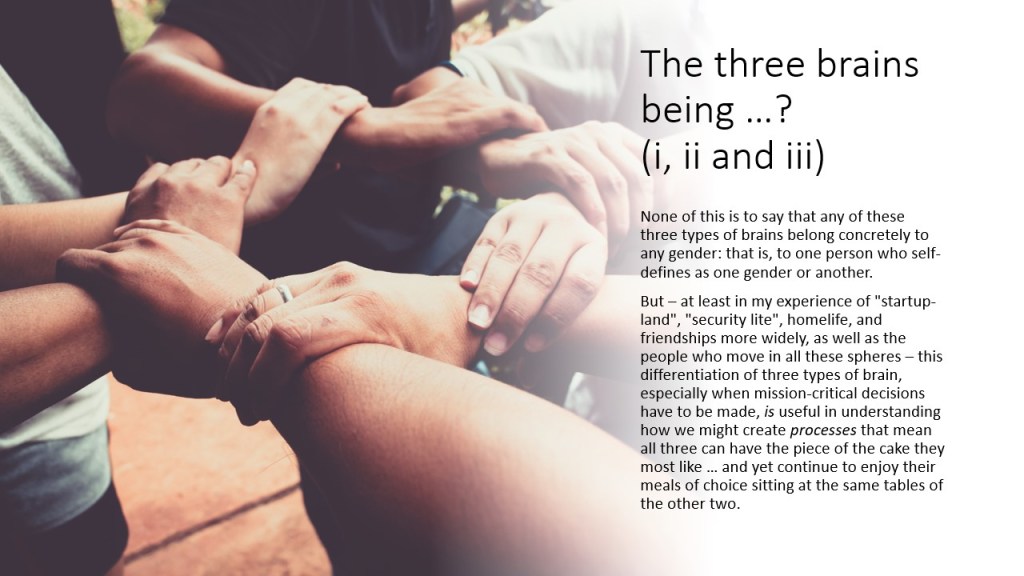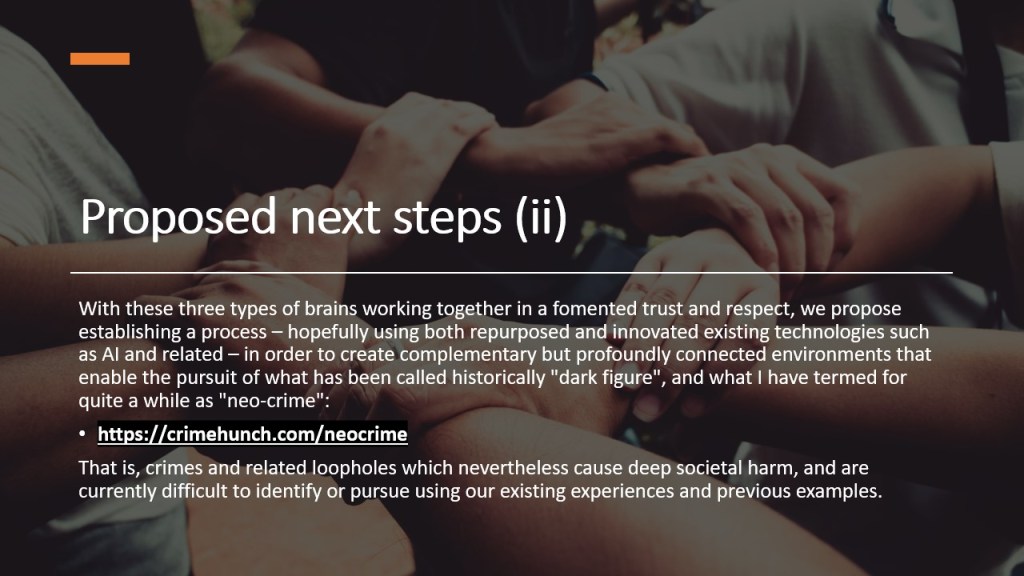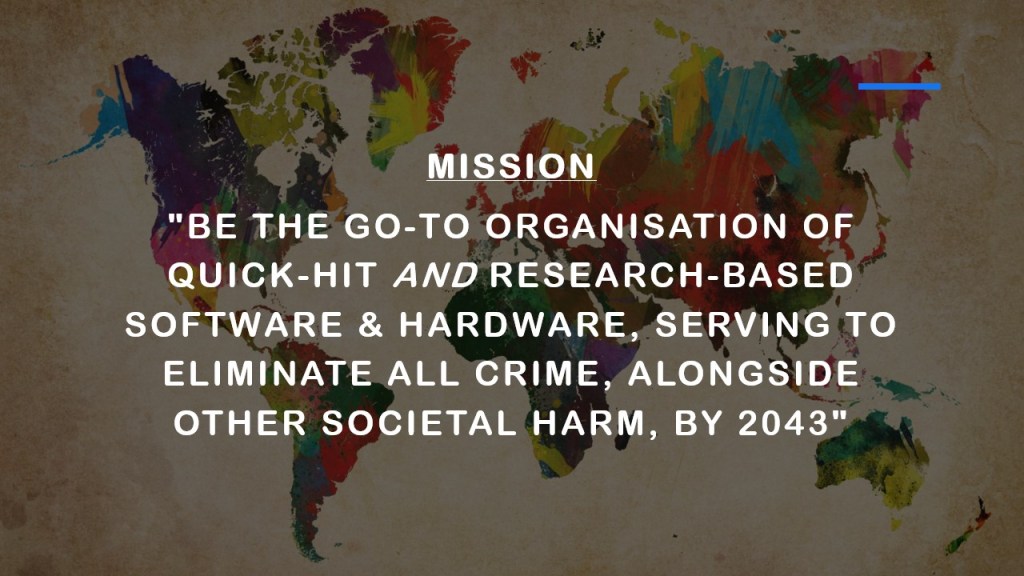An example of a “human-positive AI” project – “The Rail Tap app”
I don’t want to return to this project now to do it as was: that’s not the purpose of its publishing here. Rather, I’d like to demonstrate how easily my ideas may find even more relevance now than then.
Because they weren’t based on what tech could do to substitute humans. They were based on what tech could be encouraged to do to deepen our importance as human beings, in order to make us more significant. And if then we could have delivered on this profoundly with the tech of the day, imagine how much more profoundly we could achieve this goal with the tech of today.
Mil Williams, Stockholm Sweden, March 26th 2023
Key sections:
summary | desirability | how it would work | the market opportunity | end-user pull and security compatibility | feasibility | viability | scaling up for wider introduction | costs and value for money | case for public funding | further reading (latest proposal)
Background to “The Rail Tap app” proposal
Better Biz Me Ltd has arrived at a solution using well-understood technologies, whose innovation lies in their inter-operable integration.
“The Rail Tap app” submission to the DASA competition from the summer of 2019
“The Rail Tap app” proposal was led by myself via my startup Better Biz Me Ltd, in collaboration with two other Liverpool companies (mine was also Liverpool-based at the time): one, in the field of AI; the other, in the field of apps (originally gaming and then, later, and at the time of the submission below, pharmaceutical support and similar).
All three companies are still in operation, though I am looking to move all my activities from Manchester UK to Stockholm Sweden in the short-term.
The proposal itself, meantime, was rejected out of hand. The reviews ranged from immensely positive (“unique” in a good way was the term used) to frankly negative: “not advancing the state of science at all”. They didn’t understand that our deep innovation consisted of a new kind of inter-operability.
What follows is a slightly amended version of that proposal. My objective in publishing it here and now is to show that my ideas not only had value over four and a half years ago but will continue to do so: they were based on the principles of enhancing, expanding, and upskilling innate human capabilities in the fields of human intuition, arationality, high-level domain expertise, a contrasted thinking-without-thinking, and a measured and mission-critical delivery of fast decision-making via operational gut feeling.
I don’t want to return to this project now to do it as was: that’s not the purpose of its publishing here. Rather, I’d like to demonstrate how easily my ideas may find even more relevance now than then.
Because they weren’t based on what tech could do to substitute humans. They were based on what tech could be encouraged to do to deepen our importance as human beings, in order to make us more significant. And if then we could have delivered on this profoundly with the tech of the day, imagine how much more profoundly we could achieve this goal with the tech of today.
Summary:
What the proposal will deliver
“See It. Tap It. Sorted.”, the Rail Tap app, has a simple interface, allowing users to communicate feelings about the rail network efficiently and anonymously. Specially developed AI evaluates and reports, in real time, the data which staff and public send. They receive information about the network, specific to their location, needs and roles. The security and customer experiences of public and staff are improved.
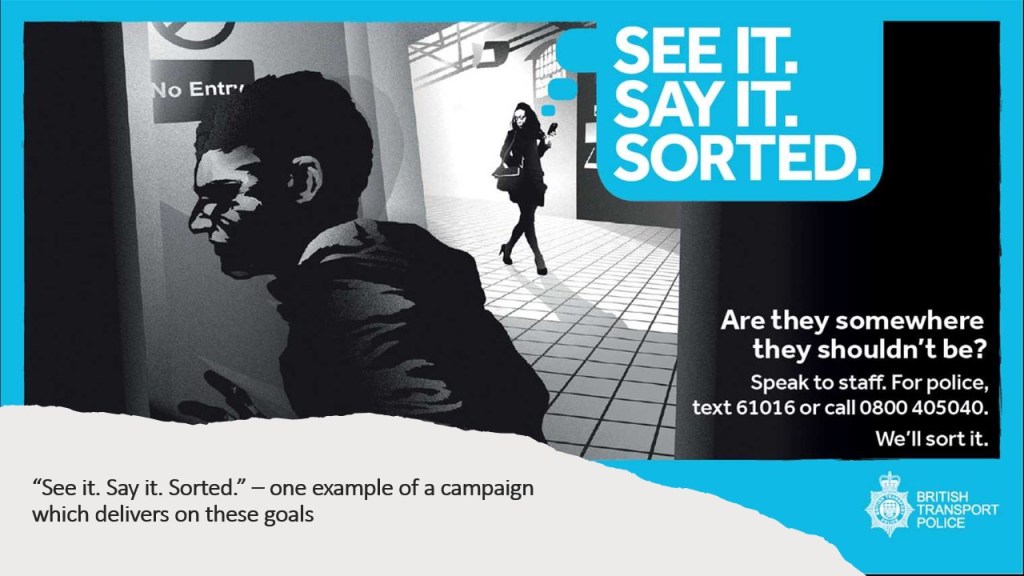
Why it’s important
The app expands the “See It. Say It. Sorted.” initiative substantially, so the authorities can better predict potentially catastrophic events to the rail network such as terrorism, as well as improve customer-service delivery, with the efficient collaboration of members of the public.

Why Better Biz Me Ltd
Working closely with two companies in complementary fields, Better Biz Me Ltd has arrived at a solution using well-understood technologies, whose innovation lies in their inter-operable integration.
Desirability:
Strategic Fit
Why the Rail Tap app, with integrated AI
“See It. Tap It. Sorted.”, the Rail Tap app, and integrated AI reporting and management system, gathers and sorts emotional responses to the rail network, from staff and members of the public both, to help predict and prevent catastrophic events such as terrorism, and also engineer more pleasurable experiences for all its users: these may be staff, passengers, or members of the public who are passing through.
Prior experiences and future potential
The app and AI system together build on the success of the “See It. Say It. Sorted.” rail-network initiative. This has raised public awareness around the importance of communicating “uneasy” and even “weird” perceptions, to proactively protect people and infrastructures from threats.
It is the understanding of this proposal that by moving to the “See It. Tap It. Sorted.” focus and approach, staff and public awareness – already rightly high and positive – will be carried over into the new campaign and tools.
Novel combinations of well-understood technologies
The proposed new system is innovative in its novel combining of two separate, already well-understood technologies: a) visualisation techniques used by billions of people on a daily basis globally, which allow for the easy communication of emotional and intuitive perceptions; and b) AI, in the form of deep neural networks (DNNs), whose optimum delivery can now be achieved when collaborating with human inputs which have been designed, from the beginning, to be AI-friendly.
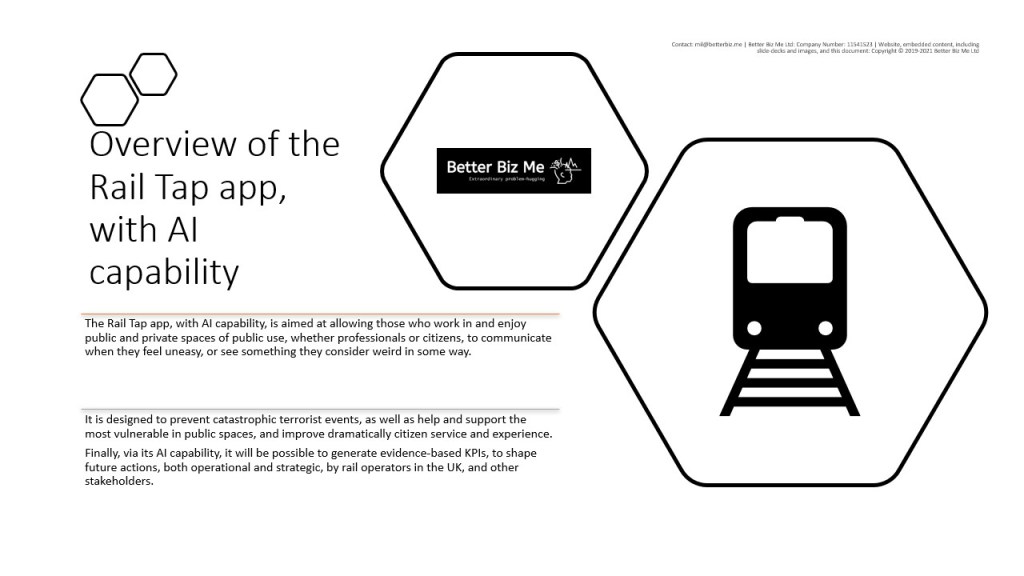
The security objectives of the proposal
It is the objective of this proof-of-concept to demonstrate the potential for a dramatic increase in the ability of “See It. Say It. Sorted.” to engage both staff and members of the public in collaborative ways, so that the traditional surveillance of security personnel, CCTV and body cameras is supported constructively with the sousveillance (bottom-up surveillance using smartphones, etc.) of members of the public.
In this way, the eyes and ears of authority become the outcomes, goals and practices of everyone.
The customer-service objectives of the proposal
However, it is also the clear assumption of “See It. Tap It. Sorted.” that one of the achievements of “See It. Say It. Sorted.” has been to improve customer-service experience, itself a precursor to better security. It is therefore planned into the service delivery of the combined Rail Tap app and bespoke AI system that customer experience at the level of station and train cleanliness, quality of lighting and other infrastructures, and intuitive perceptions of safety and service, sometimes difficult to capture accurately with other methods, be part and parcel of the final deliverables of the new system.
Finally, if the proof-of-concept is shown to be successful, both the app and the AI lessons and processes could be applied in other security environments, as well as large sports stadiums and other public arenas: anywhere, in fact, where emotions and people’s less rational/arational feelings affect the security of a shared public space. The simple ability to communicate how you feel, not just how you think, in itself allows people to “get things off their chests”. But if the system can additionally demonstrate that by communicating these supposedly irrational feelings, rational outcomes take place more efficiently, it will help mesh the power of surveillance (top-down professional observation) with the ubiquitous nature of sousveillance (bottom-up layperson observation).
How it would work:
What follows below is a simple narrative of a) how people can communicate negative feelings and emotions they have in public spaces, which quite naturally reduce their perceptions of personal safety, to deliver positive outcomes; and b) how an AI system can be designed to sort, filter and report any contradictory information received in this way.
Background
It’s 10.30pm in July, on a station where all the staff have gone home. Mike has just got through the ticket barrier, using his train provider’s digital ticket. Alongside the standard ticketing software, his provider has given him the option of the Rail Tap module, to allow him to provide feedback throughout his train journey. He said yes, and chose to download without becoming a registered user. He now has the app on his quite standard smartphone.
Mike’s interventions using Rail Tap
Mike has arrived at the platform with twenty minutes to spare. He is now killing time. He notices that of the five lights on the platform, three do not work. He sends a notification using the Rail Tap module: “Three lights still not working at Prescot station!” He then takes a photo of the offending lights. Rail Tap has a slider button which moves from green happy to sad red. He submits the photo firmly on sad red. The photo automatically contains location data. (However, it’s worth noting that once submitted, all content can be automatically removed from users’ devices.)
Suddenly, in the far corner of the station, where the lighting is poorest, he notices a movement. He sees a flash of something. He begins to get worried, as he is the only person on the platform. He takes another photo of the wider station, as if just snapping for pleasure. He adds a social network-style “sticker” (a computer-generated object which you can paste on a photo, and which is a widely used communication strategy) to the far corner of the photo, near where he saw the flash, before then submitting it: the sticker is a picture of a cartoon dagger.
The AI’s response
The AI, a deep neural network on an on-premise server (depending on the wishes of the client, public cloud could also be used, as could any hybrid) of Northern Railways, receives in real time the three notifications from Mike. The first one, the text message, is classified as a maintenance issue, and is pushed to Maintenance to be dealt with. The second one, the photo of the broken lights, is used by the AI for two purposes: a) to support the validity of the first notification, in order that the likelihood of a false flag be discarded; b) so that the AI’s deep neural network can continue to learn better to identify what a broken light specifically on Prescot station looks like.
Officer Bragg and the BTP officers
On receiving the third notification, the AI raises an alert. A Northern Railway train is minutes away, and two British Transport Police are on it. The AI immediately notifies the Control Hub, where Officer Bragg is on duty, of a potential threat to life at Prescot station. Officer Bragg evaluates both the photo and the information. She notifies the BTP officers that someone may have an offensive weapon.
Gina’s interventions using Rail Tap
The AI receives a notification from a second user. Passenger Gina has just arrived at the station. She sees a young man in a corner of the station, using a knife to lever open the drinks’ machine. “Homeless person, dehydrated on Prescot station. Has a knife. Breaking the drinks’ machine,” she texts. The AI receives this notification, compares location and content with Mike’s earlier photo and sticker, and offers Officer Bragg an evaluation based on previous events at similar stations. She decides to push the raw data to the BTP officers: Mike’s second photo with the sticker, and Gina’s comment. (Both pieces of content are anonymous, as neither had chosen to be a registered user.)
With all the above information prior to arrival at Prescot, the officers are forewarned about what to expect, and better prepared to deal with the young man.
The Rail Tap and AI system’s impact on security and customer-service delivery
Mike, meanwhile, already felt better for sending the notification, as his experience in the past six months shows that changes are made in response to the data. He hopes to see the broken lights mended shortly, especially in relation to the unease he reported this evening.
Gina feels good about telling the authorities that a person at risk needed help.
Additionally, Officer Bragg has been supported by the AI into delivering a more secure and customer-focused service: at no stage in recent implementation has she ever felt she was going to be substituted by the technology. Instead, she feels empowered to do her job more competently, in an increasingly cost-driven environment.
Finally, and most interestingly perhaps, the AI compares the information received in the time described above, and notes that images sent by passengers feeling considerable unease have been received from multiple stations recently, at the same time as notifications of poor lighting late in the evening. It decides that some maintenance issues need to be labelled as impacting on security, and sends a second notification with a security label to the Maintenance Hub for this to be evaluated by domain experts.
“The Rail Tap app” submission to the DASA competition from the summer of 2019
The market opportunity:
The Rail Tap app and AI system is innovative because it connects well-understood existing technologies in value-adding ways, as described above.
Billions of social-network users currently employ text, emojis (smiley faces), emotion GIFs (hyper-short repetitive videos to express a very specific degree and type of happiness, sadness, anger etc.), and cartoon-style stickers as described in the above narrative, as well as photos and videos which can be combined with any of the previous.
They communicate how they feel extremely accurately. Such communication is very human-friendly. To date, it has not been AI-friendly.
Old AI, new applications: deep neural networks and human thinking
However, the latest iterations of deep neural networks (a type of AI which is first trained, then is able to upskill, and finally can learn by itself), coupled with careful and smart handling of the human-generated visual data, is now able to deliver on the proposal contained in this application.
Essentially, we propose making it easy for human beings to communicate their deepest emotions about the spaces and interactions they experience, and for the AI to sort, filter, interpret and report usefully on these feelings, so that – in this case – a rail network made up of stations, shopping areas, trains, ticket barriers, platforms, and other spaces isn’t only safe in objective terms but can feel safe in human terms.
The Rail Tap app and AI system is innovative because it connects well-understood existing technologies in value-adding ways, as described above.
“The Rail Tap app” submission to the DASA competition from the summer of 2019

End-user pull and security compatibility:
Whilst concrete data is not easy to find with respect to the success indicators of the “See It. Say It. Sorted.” initiative, its visible reach spreads across regional and national rail journeys via electronic noticeboards and adverts on trains and in stations; it has involved the participation of the British Transport Police, private security companies employed by stakeholders in the network, different station regimes, passengers, and other members of the public; and it has clearly captured the imagination of all involved.
From a more traditional, top-down surveillance by professionals, CCTV, body cameras, etc., the initiative has cleverly added into the security and customer-service mix the power of sousveillance: by engaging the collaboration of hundreds of thousands, perhaps millions, of observant members of the public, a better security was always going to be delivered.
There is, however, a limit to the number of face-to-face touchpoints possible, especially on relatively unmanned stations and trains, as well as during late-night journeys and during commuter rush-hours. The capacity to process SMS texts received in the “See It. Say It. Sorted.” way of doing things will also be relatively limited: how can a Control Hub receiving a hundred texts an hour collate their relation speedily, and prioritise the consequent responses efficiently and accurately?
This is where the Rail Tap app, and its AI reporting and management system, aims to support the original initiative into something far more sophisticated. The goal is not to use AI to replace human actions, but to better filter, report on, redistribute and prioritise key surveillance and sousveillance data in often time-critical moments, so that humans can then intelligently take more informed decisions: maybe an indicator of an act of mass terrorism about to happen; perhaps a lonely individual waiting on a platform for a train in order to commit suicide; or, even, an elderly person in need of a kindly word with respect to a broken lift, a dark underpass, or a phone-call for a much-needed taxi.
The Rail Tap app and integrated AI reporting and management system offers two main areas of opportunities for end-users: operational and strategic.
Operational
1) Security: as already described, by pushing “See It. Say It. Sorted.” much further, and combining surveillance and sousveillance strategies with AI systems, under the control of human beings.
2) Customer-service delivery: assuming everyone, staff and members of the public, is a customer and supplier at some point in the rail-network processes, the importance of delivering more pleasurable experiences for both groups in either role cannot be underestimated. How everyone feels affects how everyone acts, and good customer service always equates to improved security outcomes.
Strategic
1) As the AI’s deep neural networks (DNNs) upskill on the rail network’s characteristic infrastructures, alongside people’s behaviours on the same, so it will become possible for stakeholders ranging from stations and security agencies to train operators, ticketing websites and their software developers, Network Rail, government departments, regional transport committees, and others, to develop evidence-based key performance indicators (KPIs) and targets, from both the data collated and the conclusions the DNNs begin to arrive at.
2) Whilst it is contemplated that the Rail Tap app should exist as a standalone program on a dedicated app store, it is proposed that to ensure rapid take-up by users, in a Phase 2 ready-for-market product, the main distribution channels be current software applications already used by passengers: Trainline, for example, as well as other distribution channels such as train operators’ existing digital ticketing software. The opportunities for maximising the usage of digital tickets increase, if an easy-to-use and literally intuitive feedback facility is added.
3) The data generated around the rail network through these processes will then be available for such software distributors, as per existing or bespoke governance around the data privacy and data protection measures required. This data will be useful in planning future infrastructure and human-resources change programmes. Equally, train operators which may one day introduce driver-only trains, and other innovations of a similar nature, might constructively be able to head off passenger resistance if, at the same time, they introduce the Rail Tap app with AI reporting and management.
4) As the AI’s DNNs upskill further, there will come a moment when they can learn by themselves: the philosophy of Better Biz Me Ltd is, however, to continue in the vein of human-supportive approaches. Whatever the AI learns, humans should always have the final word on actions taken. The final goal is never to replace human beings, but rather to encourage them into feeling, operating, delivering and interacting better whilst on the rail network, and in all its aspects and touchpoints.
Feasibility:
Technically credible
Technical and scientific feasibility
The project is technically and scientifically feasible because it chooses not to re-invent the wheel: simply, it adds new wheels to vehicles which have been a little neglected.
In the last decade, billions of social media-users have got used to using visualisation tools such as smileys, photo-frames, computer-generated “stickers”, overlaid animations, emotion GIFs, and photos and videos in combination with all the aforementioned, to communicate not only what they think but how they feel.
Intuitive thinking works by capturing micro-expressions – extremely short flickers of meaning across people’s faces and body language – with great accuracy. Social networks are very good at delivering such understandings, yet society currently puts such skills and realities to few uses beyond servicing advertiser needs.
The challenge, maybe, has been that evidencing the conclusions that come out of such intuitive processes has been challenging till now, whilst processing and collating in efficient and prioritisable ways the data emergent has been virtually impossible.
It is the goal of this proposal to resolve this challenge: to use two existing but rarely combined wheels – visualisation techniques commonly used in social networks, alongside deep neural networks, hardly ever used to capture, evidence and prioritise what people feel – to deliver a totally new way of working with and experiencing utilities, public spaces, and human-to-human interactions.
The tools are therefore risk-free in their development, because they are already commonly used: the combination and potential outcomes are, however, quite revolutionary, because they have really not been done before.
In the case of the DASA call, the focus is on infrastructure and human security, but also – as per the existing “See It. Say It. Sorted.” initiative – on improving customer-service delivery across all stakeholders.
Measures of progress and performance
[The AI partner] has described both the progress and future performance of the system in the following way:
The system has several benefits, not only for a user of the transport network but also for the staff or the network and the management and logistics teams.
User Benefits
- Able to communicate issues through a “see it, tap it, sorted” methodology.
- Able to report issues and see how their reporting has effected the “score” of a transport route/station/vehicle. In this way the user gets a sense of being heard, even it if it is just by other users that can also view this crowdsourced information.
- Receive useful information about locations on their route that might help them avoid unpleasant situations and allow them to achieve a more pleasant journey.
The system has several benefits, not only for a user of the transport network but also for the staff or the network and the management and logistics teams.
From [the Liverpool-based AI partner] to the project in question, in their supporting documentation in the early months of 2019
Transport Network, Staff and Partners
- Existing applications or services are able to easily access the information produced by this system. This means that they are able to curate KPIs that make sense and come from the raw data. In this way realistic and achievable KPIs can be set that the users of the Transport Network actually value.
- As the system works in real time then any issues that occur can be dealt with in a timely manner before they become severe.
Future AI Benefits
The AI that has been proposed for this system is based on Deep Learning Artificial Neural Network Architectures. This means that over time the system will get better at what it does. We will be able to take the data that is collected and labelled during this proof-of-concept phase and then use that data to train the Neural Network model to be more accurate and efficient. At that stage, because the system relies on Deep Learning, it can be set up in such a way to self-train and so will iteratively get better at what it does with minimal human input.
Innovation and risk
Most approaches with respect to human feedback rely on systems that require the users to input numbers, select alternatives from menus which never quite fit the needs being experienced, or send an SMS asking for help which rarely has the proper resources to arrive.
The problem is compounded by the latter point, writ large. Where the data does become more granular and human-friendly – for example, a phone call to a police Control Hub – the capturing of the information is labour-intensive, and means that whilst one customer service is being provided (person-to-person communication), another may be being ignored (for example, the identification and dealing with an ongoing crime). Inevitably, the systems become less human-friendly, and less efficient at processing and validating real-time and historical data.
Better Biz Me Ltd’s approach to human interactions, emotions, feelings and rarely captured intuitive thinking involves using well-understood social-media strategies, which are extremely human-friendly, alongside the most sophisticated yet equally well-delivered of AI approaches, deep neural networks (DNNs), in order that human-friendly can increase at the same time as machine-friendly is ensured.
In such a way, time-critical challenges, whether counter-terrorist in nature or simply an elderly person on a dark station concourse, needing a kindly voice to infuse confidence in their environment, can be captured in ways humans like, and distributed in ways machines need.
Better Biz Me Ltd’s approach to human interactions, emotions, feelings and rarely captured intuitive thinking involves using well-understood social-media strategies, which are extremely human-friendly, alongside the most sophisticated yet equally well-delivered of AI approaches, deep neural networks (DNNs), in order that human-friendly can increase at the same time as machine-friendly is ensured.
The main innovation in this application’s approach is, therefore, philosophical more than technological. And yet technology – risk-free technology requiring no research beyond its billions of current users – is key to its potential for success.
“The Rail Tap app” submission to the DASA competition from the summer of 2019
The main innovation in this application’s approach is, therefore, philosophical more than technological. And yet technology – risk-free technology requiring no research beyond its billions of current users – is key to its potential for success.
Where risks do lie in this project are in the trialling framework in Month 9, to be employed in real-life, real-time environments on the rail network. It will be a key challenge and goal of Better Biz Me Ltd’s project management to achieve not only full DASA engagement with the philosophy and technology proposed as the development cycle pushes forwards, but also the engagement and interest of both private and public stakeholders, from regional to central government levels, and on to the train operators and ticketing companies themselves.
[…]
Viability:
Project delivery
Although the project involves the collaboration of two sub-contractors working on quite separate elements, the touchpoints are essentially four in 9 months.
[The Liverpool-based app-developer partner] has a long history of delivering contained and innovative user experiences, with a highly structured workflow and software systems.
[The Liverpool-based AI partner], meanwhile, has a shorter but no less convincing history of working on innovative, bespoke projects where delivery is well structured and focussed.
Both companies’ cultures involve capabilities for identifying client needs quickly, and turning out results in a cost-effective manner.
[The AI partner] is confident that the project timeline delivers both the time and resources to deliver on an AI project of deep neural networks that will allow the Better Biz Me Ltd Rail Tap app, in proof-of-concept version, to make emotions, feelings, and intuitive thoughts about physical spaces and other people communicable to useful ends.
[The app-developer partner] already has experience in apps which collect emotional responses, particularly in the field of health, and this experience allows Better Biz Me Ltd to feel confident that the proof-of-concept will be delivered via the collaboration of experts in two complementary, but rarely connected, fields.
Government furnished assets and information
The user-trial proposed for month 9, involving 100 users, around 10 percent rail personnel, the rest collaborating members of the public, will require permission for the Rail Tap app to be used in real-time on the rail network, including, but not limited to, stations, shopping areas, and trains themselves.
It is not suggested at this point that strategies other than BYOD (Bring Your Own Device) be used, as this would defeat the cost-containment strategy being used with respect to future implementation of the system. The Rail Tap app and the bespoke dashboard to access the AI outputs will be designed to be interoperable from the beginning of the trial with existing systems: Android and iOS, and web browser both. However, in order to minimise the need for adjustments to be made to existing cloud infrastructures whilst trialling, it is suggested that this interoperability not be used for the proof-of-concept.
Therefore, some government or public/private furnished assets would need to be used, as would the minimum of information to facilitate this implementation. Depending on the progress of the project, and perhaps the private train operator engagement by the same before final completion date, it is suggested scaled up alternatives with more users and national rather than regional coverage be contemplated, but this would be a matter for discussion with DASA and the relevant stakeholders.
[…]
Scaling up for wider introduction:
Scaling up could be delivered in two ways: user take-up; and interoperability.
As far as take-up is concerned, it is the judgement of Better Biz Me Ltd that bundling the Rail Tap app with existing downloads of ticketing and information software would facilitate take-up. It would even be possible to white label it as a feedback module, invisible to the users as being distributed by a separate software publisher, as Better Biz Me Ltd’s business model for private commercialisation and agreements lies in future subscriptions (Software-as-a-Service) to the core AI functionality.
Secondly, interoperability with existing databases, cloud infrastructures and other systems – both specific to the rail network and part of other stakeholders such as the Samaritans – is built into the system from the start via the well-understood and robust strategy of APIs, so could facilitate a quick upscaling on existing spend, were the “See It. Tap It. Sorted.” campaign to achieve traction.
As already mentioned, even development of the app itself could be forked off into the responsibility of other software developers already working with stakeholders. The business model, if required, always will lie in a subscription – or licensed access of some kind – to the AI core, but not necessarily in ownership of the frontend.
Costs and value for money:
Total project cost
The total cost of the project is 198,932.20 GBP (excluding VAT). [this was for the summer of 2019 and the following six months]
Prevision has been made in the early phase of the project to ensure that work can commence with sufficient resources. This includes two large payments attributed directly to Better Biz Me Ltd as Project Manager in Month 1 and Month 3, with a final much smaller payment in Month 9, on completion of the final trial. These payments are loaded to the beginning of the project to cover off payments to the sub-contractors 1 and 2, who both require deposits to begin the work, and in a project of these characteristics, need to be confident that their own ongoing cashflow prevision is well understood and catered to.
The rest of the payments generally correspond to significant milestones, and to the sub-contractors work delivered, although again it will be noted that sometimes a payment is programmed to come a month prior to a milestone of these characteristics due to the work that needs to be carried out.
[The app-developer partner] is required to touch the project particularly closely at four main stages: preparation in Month 1, integration of the alpha version with temporary APIs in Month 3, integration and optimisation with final APIs in Month 8, and final adjustment in response to user feedback during trials in Month 9.
[The AI partner] will be involved directly for the full nine months proposed, as can be seen from the information included by them in the proposal.




Case for public funding:
The innovation in question involves taking two well-understood technologies – social network-style visualisation, and communication, of emotional feelings and intuitive thinking on the one hand, with AI’s deep neural networks on the other – and combining them in a novel way, thus creating a software application that is both human-friendly on the one side, and AI-friendly as a result of intelligent labelling and design on the other.
The primary benefits involve engineering a system which creates reliable new datasets around rail-network infrastructures, and the behaviours of human beings on the same. Many of the stakeholders involved in the network are public or quasi-public bodies, and whilst it should be possible in the future, once the proof-of-concept is demonstrated, to engage private train operators in the bespoke development of the project, at the moment it is clear that the idea needs a proving ground.
[…]
One of the most interesting areas of investigation and application is in that of security. Better Biz Me Ltd’s Founder has a recent MA in International Criminal Justice from LJMU, with a dissertation that focussed on the challenges of integrating surveillance (top-down watching by professionals in the security sector) with sousveillance (bottom-up watching by members of the public) in a coherent combination that would deliver better security for all.
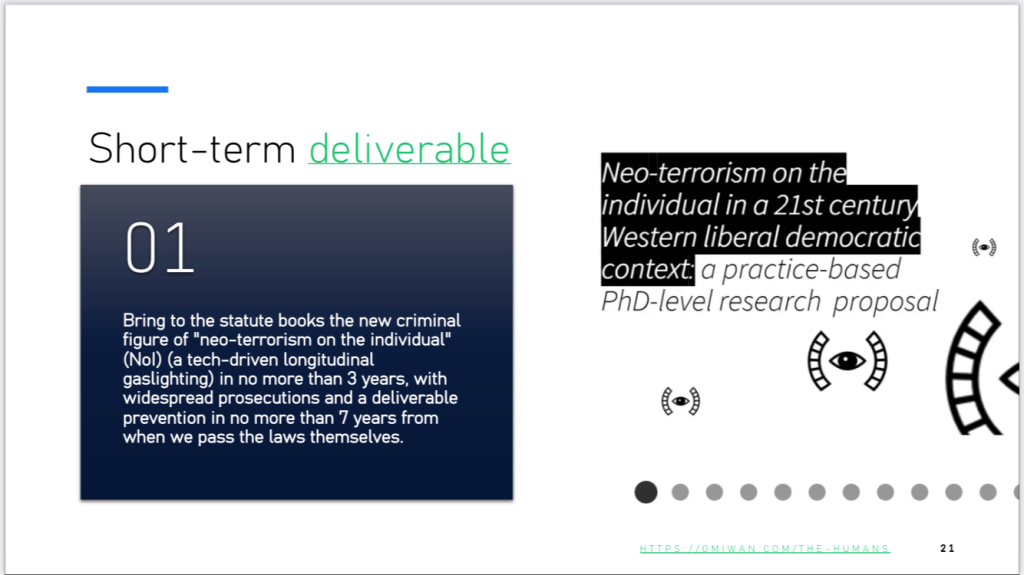

It is precisely the future applications in fields of neo- and counter-terrorism, where the potential for predicting the infamous unknown unknowns using a newly captured and visualised creative thinking may exist, that makes public exploitation of the idea worth pursuing.
“The Rail Tap app” submission to the DASA competition from the summer of 2019
It is here that the opportunity to deliver for DASA arises: the potential exists not only to apply the Rail Tap app in a re-purposed version for other areas where apparently irrational behaviours affect public spaces and security, but re-use the AI’s deep neural networks in wholly profitable ways.
From making operational resourcing and prioritisation more agile to strategic design of KPIs – both governmental as well as public/private – based on evidence gathered by members of the public in their daily use of the rail network, the opportunity to drill down into dark data never reliably captured before seems too interesting to ignore.
It is precisely the future applications in fields of neo- and counter-terrorism, where the potential for predicting the infamous unknown unknowns using a newly captured and visualised creative thinking may exist, that makes public exploitation of the idea worth pursuing.
Mil Williams, Stockholm Sweden, March 26th 2023
positive@secrecy.plus | milwilliams.sweden@outlook.com
